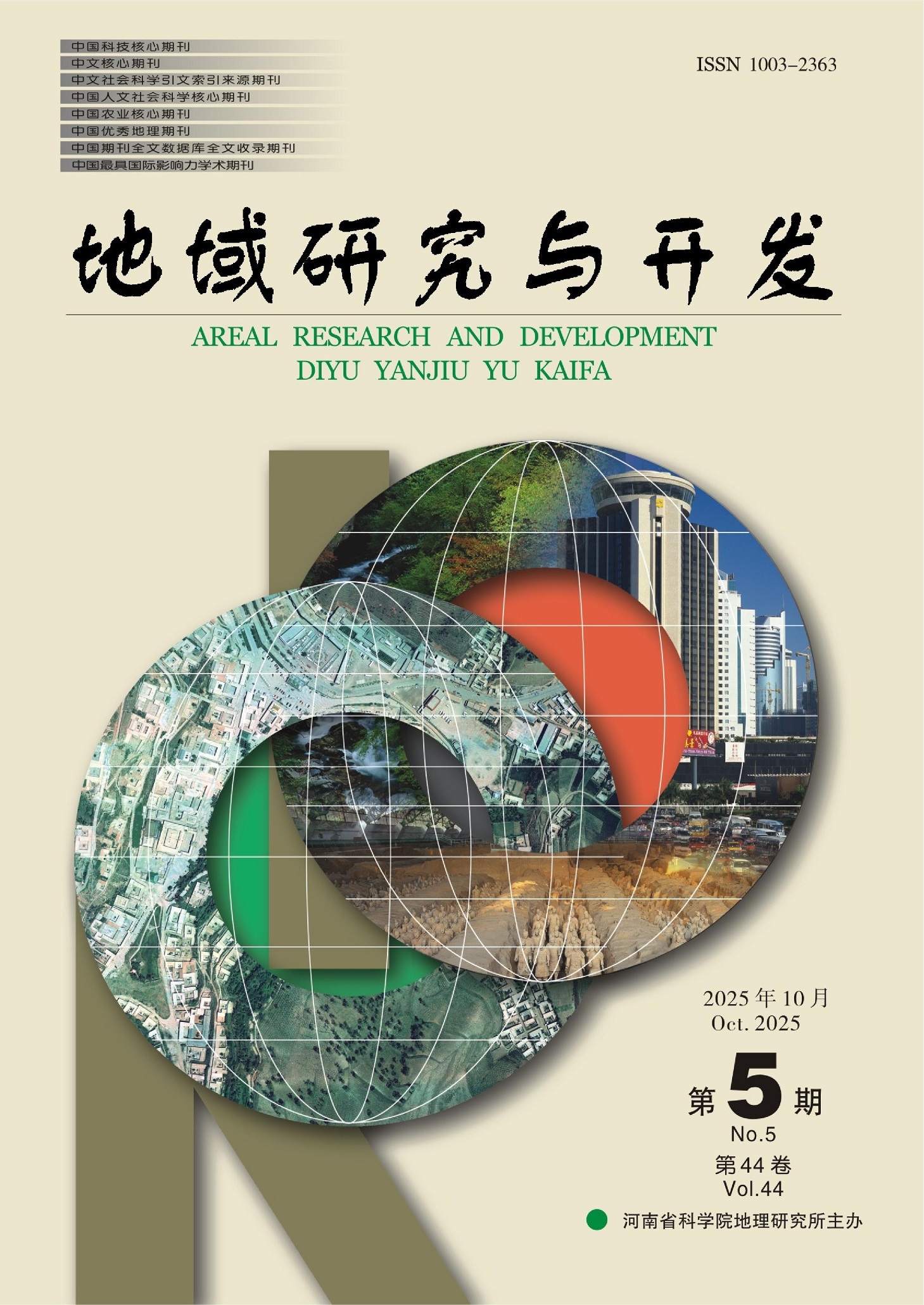HUANG Jing, XUE Dongqian, HAN Chen, ZHOU Jian
Based on clarifying the connotation of the concept of adaptive transformation, this study takes oasis rural territories in arid regions as the research object, analyzes its system composition characteristics, summarizes development challenges, and constructs a path for the adaptive transformation control of the system. Main conclusions: (1) The adaptive transformation of rural territorial systems refers to the process and outcome by which the core system within the rural territory makes adjustments and responses to cope with the pressure of external environmental changes, involving a linkage between elements, structure, function, and resilience. Its concept encompasses content such as the object, subject, state of adaptation, and adaptive regulation. (2) Oasis rural territories in arid regions are complex systems linked by water relationships, whose coupling interactions exhibit a cyclical pattern of “compatibility-antagonism-compatibility-synergy-compatibility-antagonism...”. Due to differences in development stages and adaptive management, the system may exhibit three types of coupling effects: Sustained, stagnant, and declining. (3) Under the constraints of water resources and disturbances from agricultural activities, there are risks that threaten ecological security and the stability of the system in the development of oasis rural territories in arid regions, necessitating the construction of a path for the adaptive transformation control of the system. (4) Moderately reducing the scale of agriculture, reasonably transferring surplus labor, vigorously adjusting the water use structure, widely popularizing water-saving technologies, comprehensively deepening ecological construction, and effectively improving ecological functions are the current control paths for enhancing the resilience and sustainable development of oasis rural territories in arid regions.
